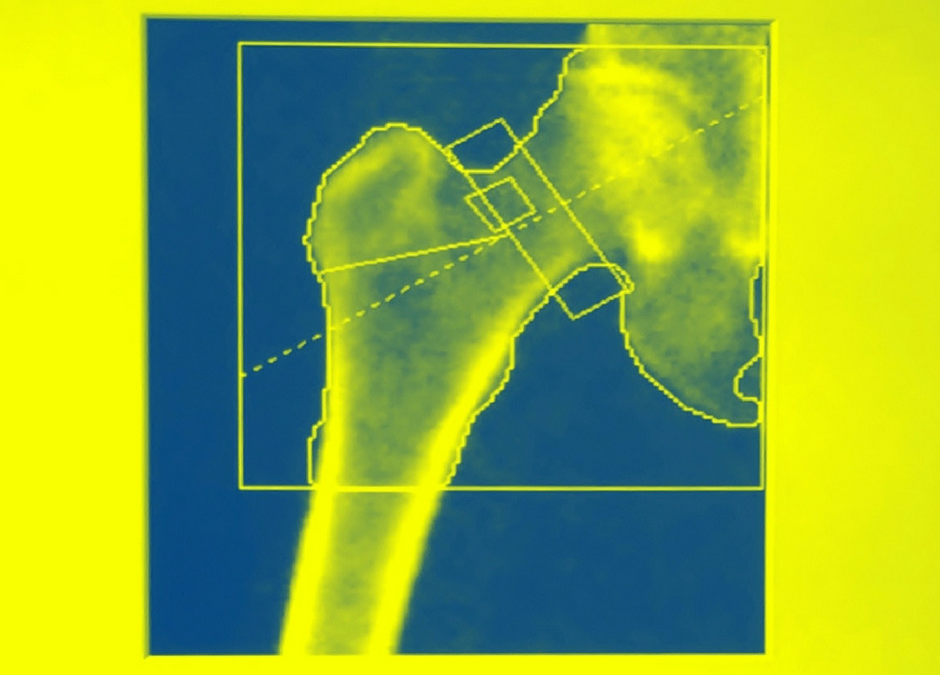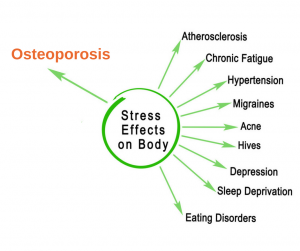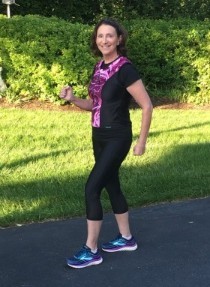
Don’t Delay! Osteoporosis screening critical to prevention.
 Benjamin Franklin said “an ounce of prevention is worth a pound of cure.” Yet when it comes to medicine, it seems like we are still focused on a cure instead of averting the condition.
Benjamin Franklin said “an ounce of prevention is worth a pound of cure.” Yet when it comes to medicine, it seems like we are still focused on a cure instead of averting the condition.
The US Preventive Services Task Force (USPSTF) published its final recommendations this month on the screening of women for osteoporosis. Despite their acknowledgement that an osteoporotic fracture can lead to chronic pain, loss of mobility and independence, and even death, the USPSTF new guidelines only recommends screening for osteoporosis with bone measurement testing in women 65 and older and younger women at high risk.
Osteoporosis is reaching epidemic levels, with data suggesting 50% of woman over the age of 50 will suffer from a fracture due to weakened bones. Delayed screening for osteoporosis misses a crucial opportunity to intervene and prevent bone loss before it is too late.
Most woman achieve maximum bone strength and density by age of 25. Although we begin to slowly lose bone around the age of 30, bone loss accelerates substantially by our late 40s and continues at this accelerated rate during the first several years after menopause. Because there are no signs or symptoms of weakening bones, until one breaks, women really have no way of determining if they are excessively losing bone. It is during these early menopausal years that woman need to be screened and preventative measures initiated.
Waiting until age 65 to be screened, gives women the false perception that they don’t have to worry about bone loss until later in life.
We need to intervene during those crucial early menopausal years where actual prevention can occur through nutrition, exercise, and lifestyle changes aimed at slowing or stopping the loss of bone.
The Dual Energy X-ray Absorptiometry (DXA) scan has long been the gold standard for bone density testing. It is the most commonly used test for measuring bone mineral density and the way the medical community diagnoses Osteopenia or Osteoporosis. Although it does have its flaws, DXA continues to be the best way to determine bone density.
However, there are tests that can accurately measure bone turnover, or the rate at which bone is being formed or degraded. These tests can’t be used to determine bone density or diagnosis osteoporosis, but can provide insight into how fast you are losing bone.
The test I use most commonly is the DPD (deoxypyridinoline) urine test which measures bone resorption, or the amount of bone being lost. In various studies, the mean urinary excretion of DPD is 20-100% higher in patients with osteoporosis than in healthy subjects. I find this test useful to determine if someone is actively losing bone and then for monitoring the effectiveness of treatment.
Wouldn’t it be good to know how fast you are losing bone?
Osteoporosis is not an inevitable side effect of aging. It can be prevented, and is some cases, even reversed. But that starts by understanding your risk for fracture through testing.
Breaking a bone is not the way you want to find out that you have osteoporosis!










